joshua_
TPF Noob!
- Joined
- Nov 20, 2012
- Messages
- 163
- Reaction score
- 14
- Can others edit my Photos
- Photos OK to edit
I'm trying to figure out what will be best, DNG or RAW?
I would imagine DNG would make sense if I was going to do more with the photo in another program besides Lightroom 4, but can't think of another reason to import as DNG.
For now I don't think I'll be doing much of anything besides Lightroom, but I realize that may change in the future. I don't have Photoshop right now. So far the only other program I would even use is Gimp.
I may, in the future run a program specific to do some HDR stuff for fun, but I'm not even sure about that for now.
Advice?
Thanks
I would imagine DNG would make sense if I was going to do more with the photo in another program besides Lightroom 4, but can't think of another reason to import as DNG.
For now I don't think I'll be doing much of anything besides Lightroom, but I realize that may change in the future. I don't have Photoshop right now. So far the only other program I would even use is Gimp.
I may, in the future run a program specific to do some HDR stuff for fun, but I'm not even sure about that for now.
Advice?
Thanks



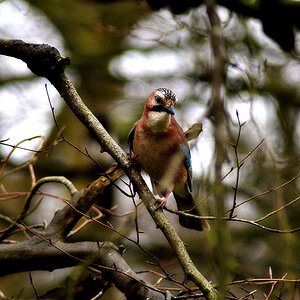

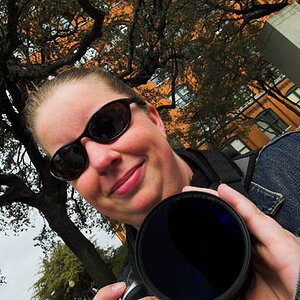


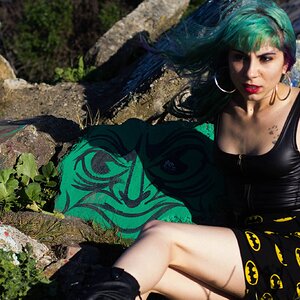
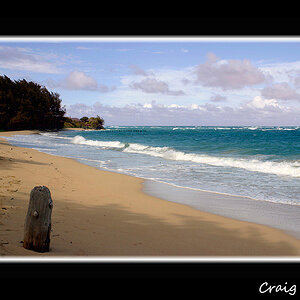
![[No title]](/data/xfmg/thumbnail/37/37605-90c8efaef5b7d1f52d4bf8e7dfd33673.jpg?1619738148)
![[No title]](/data/xfmg/thumbnail/1/1592-cfae4a7ea791f96c6e2d03484be2e454.jpg?1619729144)
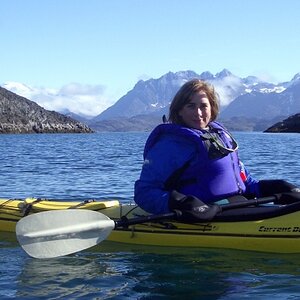
![[No title]](/data/xfmg/thumbnail/37/37604-7ad625e983f92f880eb65a264eeef5e4.jpg?1619738148)